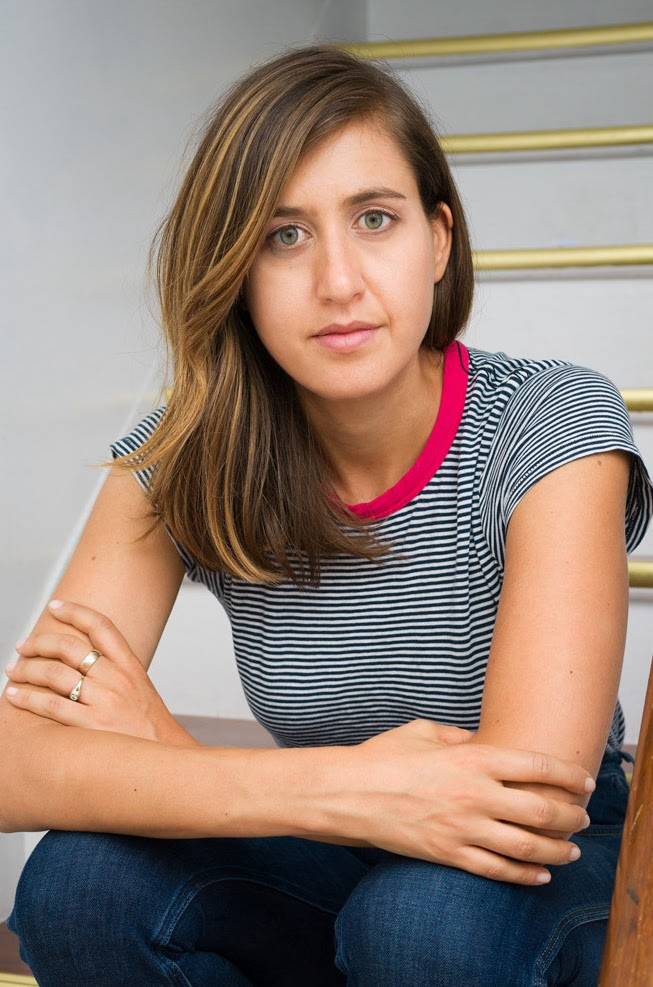
Bill Cunningham, longtime fashion photographer at The New York Times, is the subject of a new documentary, Bill Cunningham New York, and what an enchanting film it is.
Cunningham is best known for his street-fashion photography. He’s worked for Women’s Wear Daily, Details magazine, and, since the 1970s, at the Times, where he produces the “On the Street” column and now a web video supplement to that weekly feature.
The eighty-something-year-old Cunningham can still be seen pedaling around New York town on his 29th bicycle (each of the previous twenty-eight were stolen), his film camera (still not digital!) around his neck, and wearing his signature blue Parisian street sweeper smock.
This man who operates among the elite, and is both known and admired by nearly all in the upper reaches of the fashion world, maintains an ascetic lifestyle. He is insanely, almost comically, frugal. He is rail-thin and, believably, professes that eating and drinking are not very important to him. He is only interested in taking his photographs and expressing his strong fashion opinions in what he reveals to his readers.
His artistic freedom is paramount. In fact, when Condé Nast acquired Details in 1988, Cunningham refused payment and ceremoniously tore up his checks. “You see, if you don’t take money, they can’t tell you what to do,” he said at the time, as shown in archival footage. “Money’s the cheapest thing. Liberty, freedom is the most expensive.”
Until recently Cunningham lived in a small artist space at the Carnegie Hall apartments, not far from his neighbor and fellow photographer Editta Sherman, who figures prominently in the film. (Their pending—now subsequent—eviction is a secondary storyline in the documentary.) No kitchen for Bill. His studio is crammed with filing cabinets full of negatives which he, not the Times, owns, in a unique arrangement. There are few amenities in the building that are useful to him—other than a hallway closet to store his bike. Bathroom and showers are down the hall. Work is always at the forefront. His work is his life, and the viewer gets the sense that he really and literally means it.
“In a way Bill is the last bohemian—that whole way of being, all of those people who lived in that [Carnegie Hall apartment] building. That sort of commitment to creating art for non-material gain doesn’t exist any more,” director Richard Press told the National Post.
For a story focused on a single person, there is little of Cunningham’s personal history in the film. At one point, though, he’s asked about romantic relationships. He answers at first by asking the interviewer if what he’s getting at is Cunningham’s sexual orientation.
This is one of the few points in the film—another being when he’s asked about his religious beliefs—that Cunningham, who long resisted participation in the project and is always shown smiling and laughing, seems uncomfortable. In the end, he replies that he’s had no romantic relationships. “I suppose you can’t be in love with your work,” he adds, “but I enjoyed it so much.”
The French Ministry of Culture has bestowed on Cunningham a knighthood in France’s Order of Arts and Letters. At the party before the ceremony in Paris, Cunningham is seen scurrying around and taking photographs of the guests at his own fete. Later at the podium, a medal is pinned to his iconic street-sweeper smock. And thereafter he delivers the film’s most poignant moment when, in a speech spoken half in French and half in English, he expresses in words and emotion what it’s meant to have spent a life in search of beauty.
The film is playing in selected cities.



